The foreign exchange market, often referred to as Forex or FX, is the largest and most liquid financial market in the world. With a daily trading volume exceeding $6 trillion, it dwarfs other financial markets in terms of sheer scale. Unlike stock markets, which operate through centralized exchanges, Forex is an over-the-counter (OTC) market where transactions occur directly between participants. This decentralized nature allows for continuous trading across different time zones, making it a truly global marketplace.
At its core, the Forex market facilitates the exchange of currencies between buyers and sellers. This exchange is driven by a multitude of factors, including international trade, investment flows, and speculative trading. The market's primary function is to determine exchange rates, which reflect the relative value of one currency against another. These rates fluctuate constantly due to various economic, political, and psychological factors, creating opportunities for profit as well as risks for participants.
Central banks play a pivotal role in the Forex market, acting as both regulators and active participants. Institutions like the Federal Reserve (Fed), the European Central Bank (ECB), and the Bank of Japan (BOJ) influence currency values through monetary policy decisions, interest rate adjustments, and direct market interventions. For instance, when a central bank raises interest rates, it often leads to an appreciation of its currency as higher yields attract foreign capital. Conversely, quantitative easing measures can weaken a currency by increasing its supply in the market.
Commercial banks are another critical component of the Forex ecosystem. They serve as intermediaries for large-scale currency transactions, facilitating trades for corporations, governments, and other financial institutions. Major banks such as JPMorgan Chase, Deutsche Bank, and Citigroup operate dedicated Forex trading desks that provide liquidity to the market. These banks engage in proprietary trading as well, speculating on currency movements to generate profits for their own accounts. Their vast resources and access to real-time market data give them a significant advantage over smaller players.
Beyond banks, multinational corporations actively participate in the Forex market to hedge against currency risks. Companies like Apple, Toyota, and Shell conduct business across multiple countries, exposing them to fluctuations in exchange rates. To mitigate this risk, they use various financial instruments such as forward contracts, options, and swaps. For example, an American company with significant operations in Europe might enter into a forward contract to lock in a favorable exchange rate for future euro-denominated expenses. This hedging activity contributes to market liquidity while stabilizing corporate finances.
The rise of electronic trading platforms has democratized access to the Forex market, enabling retail traders to participate alongside institutional players. Platforms like MetaTrader 4 and cTrader provide individuals with tools to analyze markets, execute trades, and manage risk. While retail traders collectively account for a small portion of overall Forex volume, their numbers have grown exponentially in recent years. However, the decentralized nature of Forex also makes it susceptible to fraud and manipulation, prompting regulatory bodies to impose stricter rules on brokers and trading practices.
Hedge funds and asset managers represent another influential group in the Forex market. These institutional investors employ sophisticated strategies to capitalize on currency movements, often leveraging substantial amounts of capital. Quantitative hedge funds, for instance, use complex algorithms to identify and exploit short-term inefficiencies in exchange rates. Their high-frequency trading activities can amplify market volatility, particularly during periods of economic uncertainty. Meanwhile, macro hedge funds take longer-term positions based on fundamental analysis of global economic trends.
The interplay between these diverse participants creates a dynamic and sometimes unpredictable market environment. Currency values can swing dramatically in response to geopolitical events, economic data releases, or shifts in market sentiment. For example, the British pound experienced unprecedented volatility following the 2016 Brexit referendum, dropping nearly 10% against the US dollar in a single day. Such events underscore the importance of risk management strategies for all market participants, from central banks to individual traders.
Technological advancements continue to reshape the Forex landscape. Artificial intelligence and machine learning algorithms are increasingly being used to predict currency movements and automate trading decisions. Blockchain technology also holds potential for revolutionizing Forex settlements by reducing transaction times and costs. However, these innovations bring new challenges, including cybersecurity risks and the need for updated regulatory frameworks.
Understanding the mechanics of the Forex market requires appreciation of its complex interdependencies. While large institutions dominate trading volumes, each participant - from central banks to retail traders - contributes to price discovery and liquidity. The market's sheer size and global reach make it both an essential mechanism for international commerce and a challenging arena for speculation. As global financial systems evolve, the Forex market will undoubtedly continue to adapt, presenting new opportunities and risks for those who navigate its depths.

By Emily Johnson/Apr 24, 2025

By Victoria Gonzalez/Apr 24, 2025
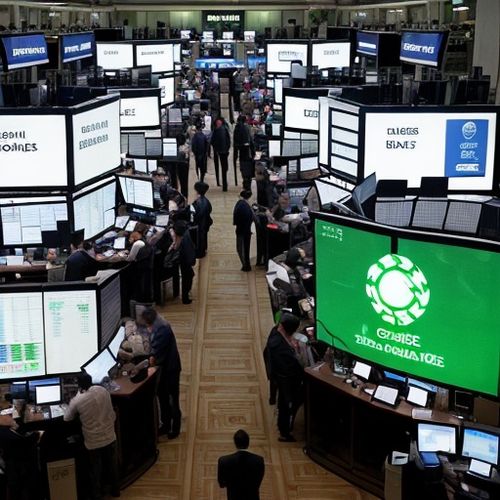
By Michael Brown/Apr 24, 2025

By David Anderson/Apr 24, 2025
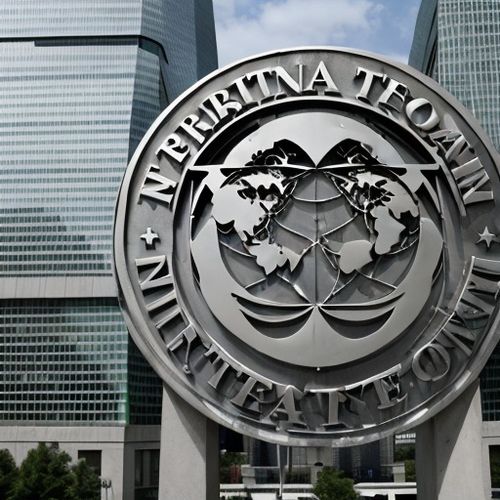
By Ryan Martin/Apr 24, 2025

By Victoria Gonzalez/Apr 10, 2025

By David Anderson/Apr 10, 2025
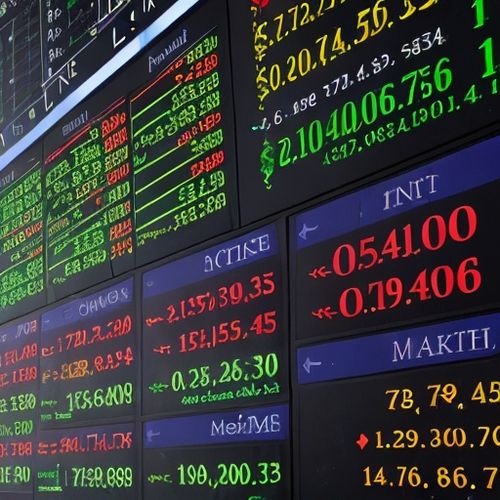
By Noah Bell/Apr 10, 2025

By Michael Brown/Apr 10, 2025

By James Moore/Mar 30, 2025

By Rebecca Stewart/Mar 30, 2025

By George Bailey/Mar 30, 2025
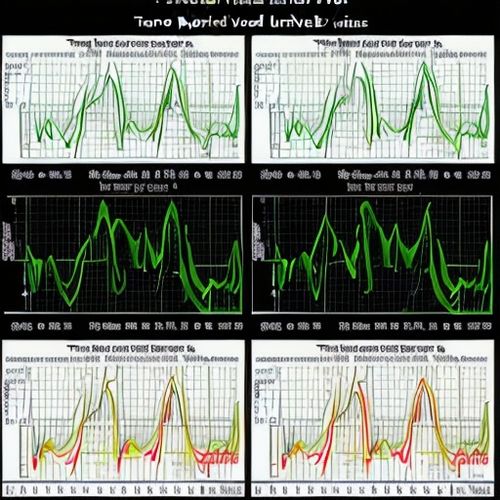
By Noah Bell/Mar 30, 2025
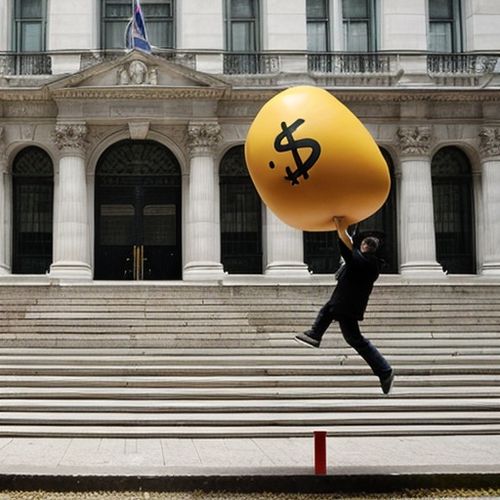
By Samuel Cooper/Mar 30, 2025
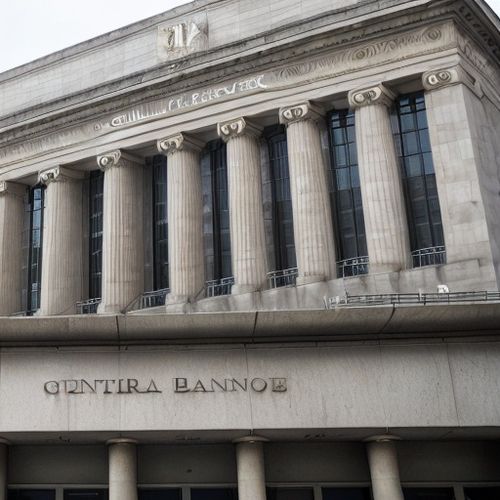
By Elizabeth Taylor/Mar 30, 2025